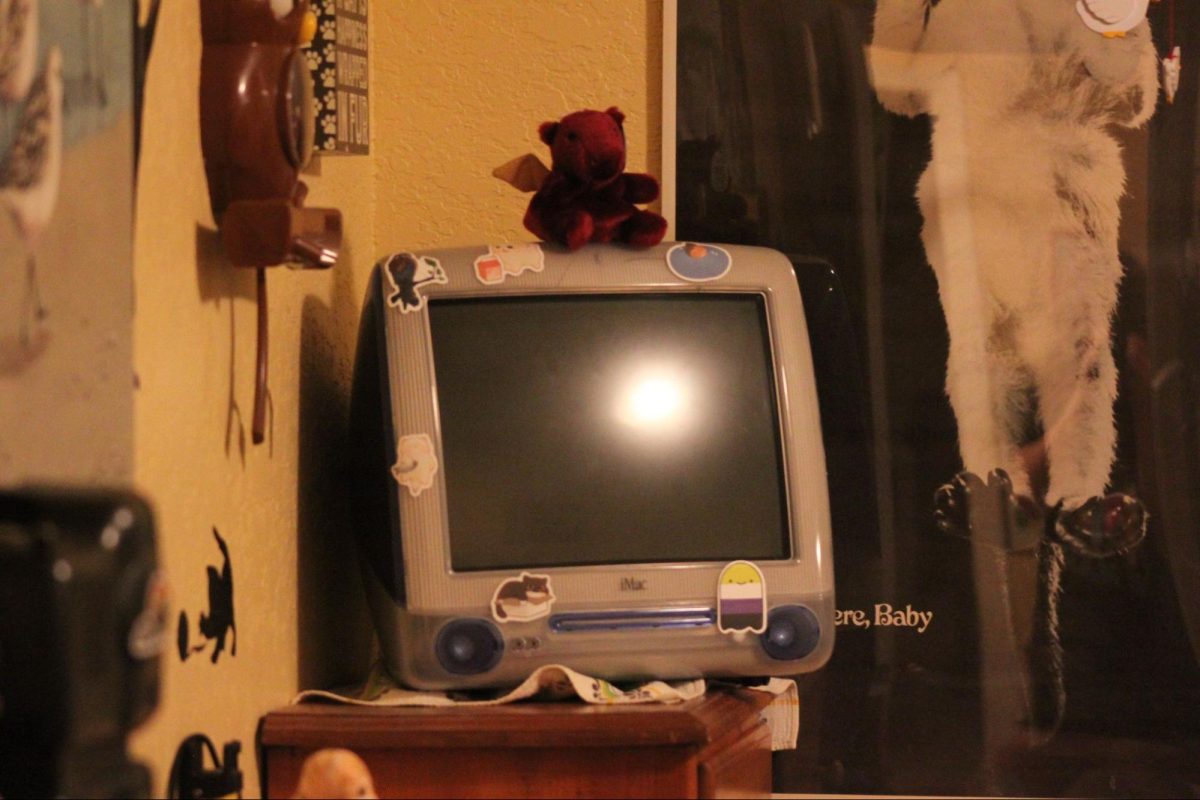STEM corner
Your monthly dose of what’s happening in the STEM field.
March 22, 2019
Most people know what a normal visit to the doctor’s office usually entails . You show up at the doctor’s office and check in at the front desk and wait for around 30 minutes to see your doctor. However, when you finally get to meet your doctor, you only get to speak to them for around 15-20 minutes; instead, you spend most of your time with the Medical Assistant. At this rate, you spend more time waiting to speak to your doctor than time actually speaking with your doctor.
To combat this problem, new developments have been made in the field of artificial intelligence. One advancement is a Medical Virtual Assistant (MVA), which works kind of like WebMD but is much more advanced. This assistant is an app provided to you by your hospital and could operate like your doctor by answering you pressing questions with precise answers.
The assistant is also much more personalized since it can remind patients to pick up or take their prescriptions, or remind to make their next doctor appointment. Also, the interface allows people to speak to their doctor virtually if the patient is unable to visit the doctor’s office.
Artificial intelligence also evolves medicine into being more focused on preventing a patient from getting sick rather than trying to find a cure after the patient has become sick. Technology has advanced enough that machines can very precisely predict if a person has or will have a certain disease soon just by scanning a patient’s medical images such as x-rays or brain scans.
A hospital in California by the name of Forward has already incorporated artificial intelligence. They have self check in to reduce waiting times, 3D body scans so machine can accurately predict the patient’s future health conditions, and patients get to spend 60 minutes with their doctor, rather than 30 minutes or less.
With these tech advancements, the next time you visit the doctor it could be much different and more helpful for you as a patient.
(Source: Cabot Solutions)






